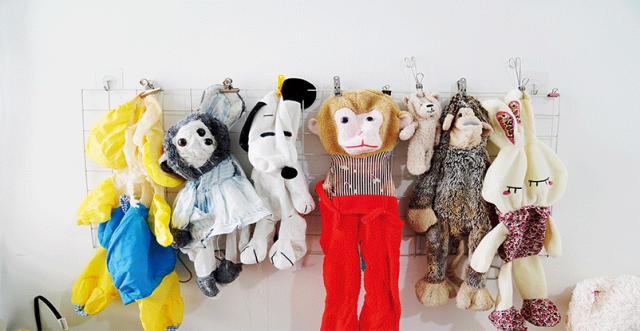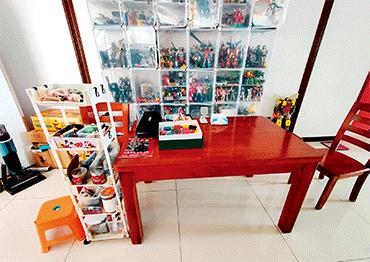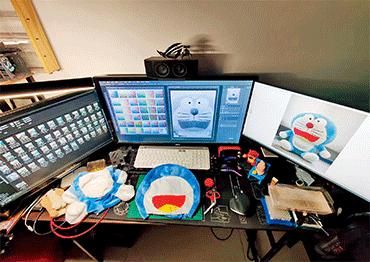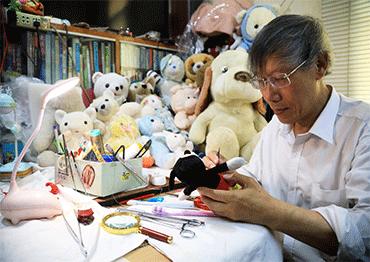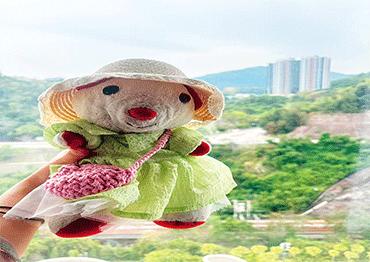Unlike the US and Japan, China’s doll repair industry is still new and lacks professional standards. This makes it difficult for customers to find reliable services.
In 2022, the Shanghai Observer newspaper reported that a doll owner accused a well-known Shanghai repairer Zhu Boming of arbitrary charges. She had asked him to work on her torn teddy bear. Zhu initially quoted 800 yuan (US$114), but repeatedly raised the fees, citing newly discovered problems. By the end, she was charged 8,800 yuan (US$1,257), 11 times the original estimate. Worse, the bear was no longer soft, and its fur had become prickly.
Many interviewees told NewsChina they had also faced disappointment or unexpected costs when having toys repaired.
Pricing disputes are the most common complaint. Li Ou, a university graduate in South China’s Guangxi Zhuang Autonomous Region, said she paid more than 1,000 yuan (US$142) for a cleaning, fur repair and re-stuffing.
“The initial price list looked affordable, but the fees kept increasing during the repair. For a student like me, it was a lot. In the end, I gave up on the re-stuffing because of the cost, and they didn’t even keep the original stuffing as I had requested,” she said.
Wang Bin shared a similar experience. He once considered repairing his daughter’s doll, but gave up on the idea when he was quoted over 10,000 yuan (US$1,429).
In 2024, Zhu faced new complaints from a customer who brought in an abeibei cushion. Again, fees ballooned from the initial quote to over 10,000 yuan, with charges ranging from more than 700 yuan (US$100) for cleaning to re-stuffing fees charged per square centimeter.
But doll doctors told NewsChina that fair pricing is possible. Cui explained that fees typically range from a few dozen to several hundred yuan, depending on the complexity of the job. Highly skilled work like re-stuffing is more expensive. “For materials, we charge at cost. Labor is generally 50 yuan (US$7) per hour. We always discuss the price and repairs with customers in advance,” Cui said.
Samantha added that she usually charges about one-tenth of the doll’s original value. “I want the price to be acceptable for people,” she said.
Zhu defended his fees in earlier media interviews, arguing that his prices were reasonable and they are even higher in places like Japan.
But Tao Jie, a Chinese living and working in Japan, had a different experience. She told NewsChina how her childhood bear was repaired at a doll hospital in Tokyo affiliated with the Japan Toy Hospital Association. Repairers explained the process in detail, took her to select materials and later gave her a video of the repairs. She paid only 48 yuan (US$7) for cloth and new eyes. When she picked up the bear, staff even held a “farewell ceremony” for the replaced parts, carefully boxed and returned to her.
“The whole process was highly standardized, and prices were transparent. Everything was on their official website,” Tao said.
Founded in 1996, the Japan Toy Hospital Association oversees both non-profit and commercial doll hospitals, which offer services ranging from cleaning to alterations. Its general secretary, Teruo Nitta, told NewsChina the association provides training in both general knowledge and technical skills. From 1996 to mid-2025, it has organized 128 training sessions, and no doctor can practice independently until they have repaired around 50 toys during an internship.
China lacks compulsory training. “Toy doctors need expertise, such as how plush dolls are made, how fabrics are woven and dyed. But many people enter the business after learning only simple techniques,” said Qian Zhaorong, a Shanghai doll doctor and former plush toy factory manager.
A niche profession for now, toy repair’s future development hinges on adjacent industries. “With demand growing, people from toy, clothing and even luggage repair industries may join in,” said Peng Jian, an associate researcher at the School of Cultural Industries Management at the Communication University of China in Beijing. “If the market expands, third-party agencies or watchdogs may emerge. As leading repairers gain influence, they may establish self-regulatory organizations, allowing the industry to mature on its own,” he added.
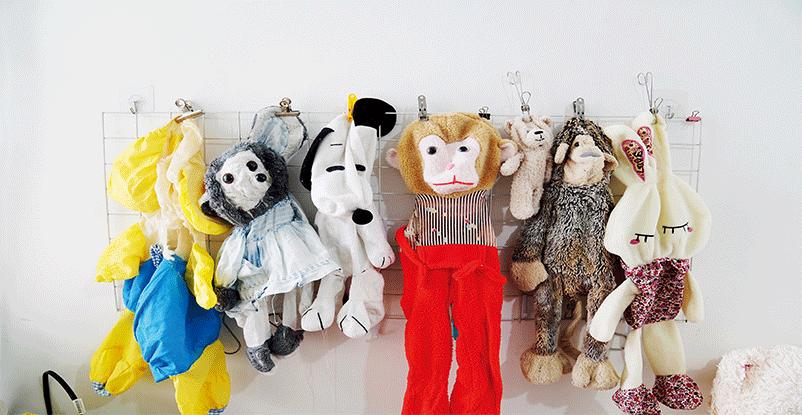
 Old Version
Old Version
